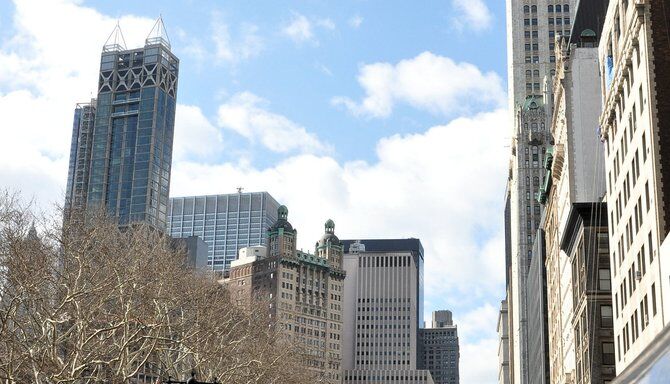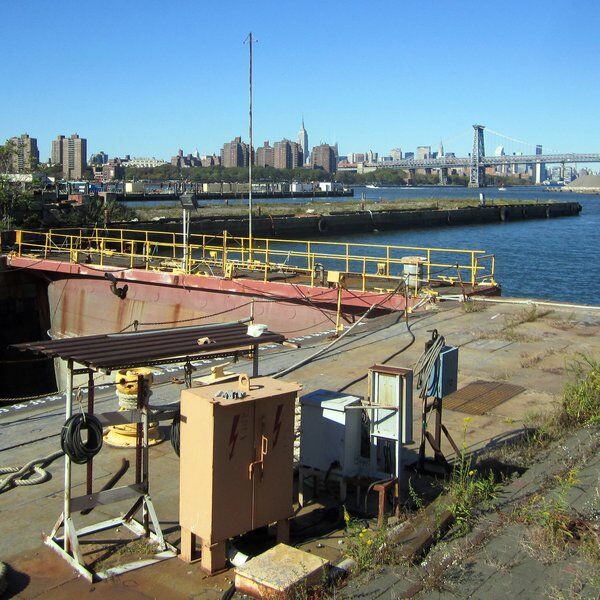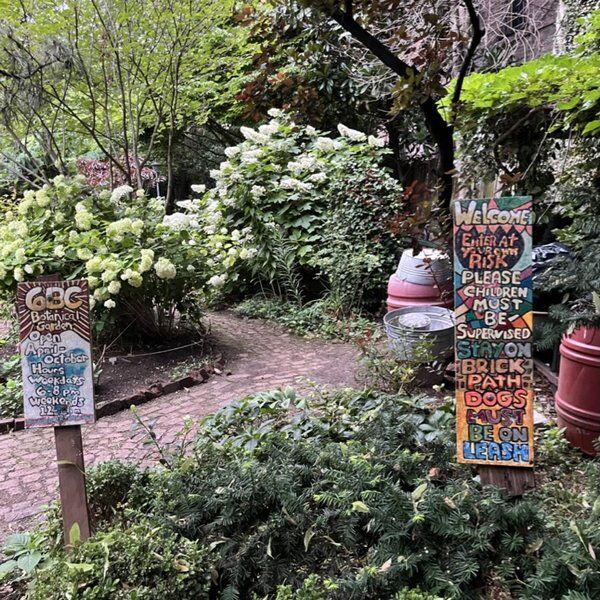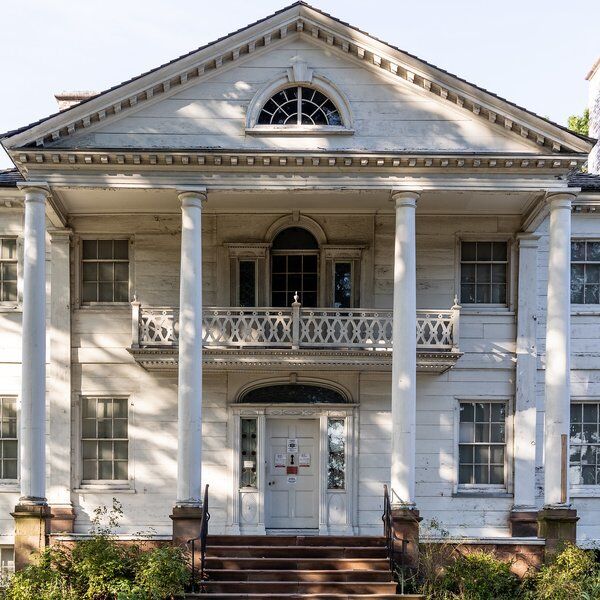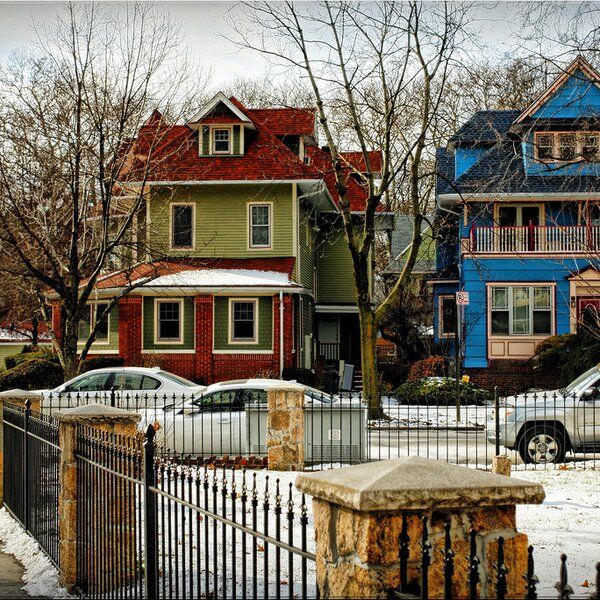Discover 5 Beekman Street
For years, 5 Beekman Street had earned itself the nickname “The Abandoned Palace” thanks to its long period of vacancy. Visitors would marvel at the ornate brick and terra-cotta façade, while the secret atrium, hidden behind temporary walls for decades, sat silently—preserved almost as if it were suspended in time. The building’s untouched interior, complete with its preserved details and original design, turned it into a favorite spot for urban explorers.
Fast forward to recent years, and 5 Beekman Street has undergone a dramatic transformation. No longer just a relic of the past, this magnificent structure has been reimagined as part of an exclusive hotel complex known as The Beekman Residences. With modern amenities integrated into its historic framework, guests can now enjoy luxurious features like a state-of-the-art fitness center, private dining options, and even breathtaking rooftop views that span from the river to the uptown skyline.
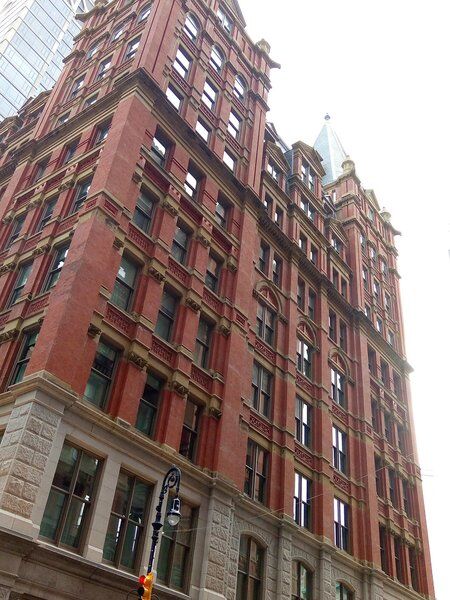
The History of 5 Beekman Street
The Vision of Eugene Kelly
The story of 5 Beekman Street begins in 1881 when Eugene Kelly, a wealthy Irish-American dry goods magnate and banker, acquired two prime lots at the corner of Nassau and Beekman Streets in Lower Manhattan for $250,000. A man of considerable influence and wealth—his fortune was reportedly in the hundreds of millions—Kelly had a vision of constructing a prestigious office building that would serve New York’s legal elite. He enlisted the architectural firm Silliman & Farnsworth and filed plans with the Department of Buildings in April of that year. The planned structure would be ten stories tall—unprecedented for its time—and constructed with granite, brick, and terracotta.
The Tower
Work on what was initially known as the Kelly Building began in May 1881, making it one of the earliest skyscrapers to rise in Lower Manhattan following the economic downturn of the Panic of 1873. The construction faced some early setbacks, including a bricklayers' strike and delays caused by inclement weather, but progress resumed and the building was completed in 1883 at a total cost of $750,000—an extraordinary sum at the time. In March 1882, the building was renamed Temple Court, a nod to its intended clientele: lawyers and legal professionals.
Design and Function
Temple Court was revolutionary in both scale and design. At 165,000 square feet, it featured a central nine-story atrium topped by a pyramidal skylight, surrounded on every level by ornate Victorian iron railings. These architectural flourishes set the tone for its early reputation as one of New York's most desirable office buildings. In fact, it was part of a wave of nine-story structures that emerged between City Hall and Bowling Green, signaling a new era of vertical urban development.
Initially filled with law firms, Temple Court quickly diversified its tenant roster. The building attracted labor unions, insurance companies, private detectives, and even a tobacco industry association that at one point managed over $700 million in trade. Mapmaker E. Belcher Hyde was a long-standing tenant from 1895 to 1939, and for several decades, the building was considered both “popular and profitable.”
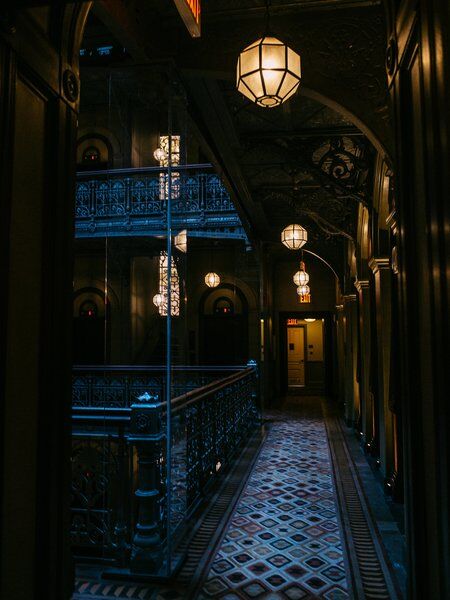
The 1890 Annex and the Fire
In 1889, Kelly expanded his vision by commissioning an annex at 119–121 Nassau Street. Designed solely by Farnsworth after the dissolution of his partnership with Silliman, the annex echoed the original building’s grandeur with a limestone façade and ten stories of additional office space. Construction was hampered by labor strikes, but it was ultimately completed in 1890 at a cost of $300,000.
Just three years later, in 1893, a fire broke out on the seventh floor of the annex, likely caused by faulty wiring. Though there were no fatalities, the fire caused significant damage to the top four floors. It became a case study in early fireproof construction techniques, as the structural integrity of the annex remained intact despite the extensive blaze.
Change of Hands and Decline
Following Eugene Kelly’s death in 1895, Temple Court passed into the hands of his heirs, who managed the property through the Temple Court Company. Over the following decades, the building underwent several renovations to accommodate changing commercial needs. A significant alteration occurred in 1915 when the building’s granite piers were replaced with structural steel, and its original ground-floor bank space was converted into multiple storefronts.
However, by the early 1940s, the area had begun to decline as a legal and financial hub. The law firms that had once defined Temple Court’s identity moved out, and the Emigrant Industrial Savings Bank foreclosed on the property in 1942. Although ambitious redevelopment plans were floated—including a proposed 23-story replacement tower—they never materialized.
Post-War Modifications
From the mid-1940s onward, a series of owners—including Wakefield Realty and eventually the Shulsky family—implemented substantial interior changes. In the 1950s, walls were added on each floor to enclose the once-glorious central atrium for fire safety compliance, effectively sealing off the skylight and iron railings from view. Much of the building’s ornate detail was hidden or removed during this period.
Despite its decline, the building still hosted a variety of tenants throughout the 20th century, including marine insurers, peace organizations, and civic groups. But by the early 2000s, the building had fallen into disuse and was entirely vacant after architect Joseph Pell Lombardi, its final tenant, moved out in 2001.
Rediscovery and Preservation
In 2003, the Shulsky family sold the neglected property to real estate investor Rubin Schron. The building gained landmark status in 1998 from the New York City Landmarks Preservation Commission, which called it “a rare surviving office building of its era.” Though there were plans to convert the space into luxury apartments, these never came to fruition.
Years later, the beauty of the building was rediscovered. Restoration efforts began to peel back the decades of concealment, revealing once more the soaring atrium and cast-iron details that had made Temple Court a marvel of its day. Thanks to the careful restoration a new chapter for 5 Beekman Street could begin.

The Beekman Residences
Luxury Living
This new chapter was named The Beekman Residences, a 51-story condominium tower connected to the original 10-story Temple Court Building and Annex. The structure was completed in 2016 and offers 68 luxurious condos with panoramic, river-to-river views of downtown Manhattan. Designed by Gerner Kronick + Valcarcel Architects, the tower’s sleek concrete, glass, and metal façade echoes the pyramidal elements of its historic neighbor, proving that new and old can live in harmony.
Impressive Interiors
Inside, residents find an array of thoughtfully designed floor plans—from cozy one-bedrooms to sprawling three-bedroom homes and spectacular penthouses. Expect high ceilings (some soaring at 16 feet), floor-to-ceiling windows that bathe rooms in natural light, and stylish finishes that mix modern touches with nods to the building’s vintage flair. Custom cabinetry, top-of-the-line Miele appliances, and solid oak floors create an ambiance that is both luxurious and welcoming.
First-Class Amenities
Life at The Beekman Residences is all about indulgence and convenience. Residents enjoy:
- Exclusive Hotel Services: With a direct elevator ride (or a quick phone call), guests access services from the adjoining Beekman Hotel, including in-residence dining courtesy of Tom Colicchio’s Temple Court restaurant.
- Private Retreats: A private dining room, media room, and a landscaped rooftop terrace complete with barbecue areas and multiple seating nooks—perfect for those lazy Sunday afternoons or intimate gatherings.
- Wellness and Beyond: A state-of-the-art fitness center awaits, along with personal training services arranged through the concierge. Add in full-time doormen, in-house concierge services, and even priority reservations at top local eateries, and you have a lifestyle that's as luxurious as it is convenient.
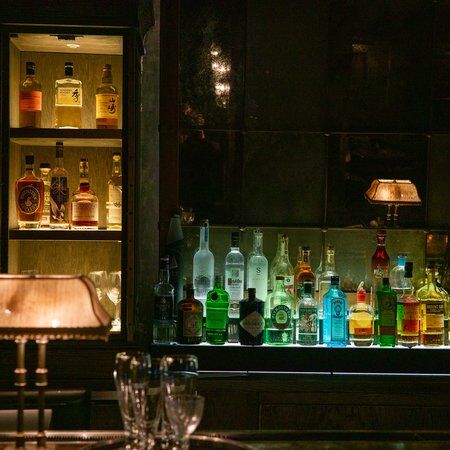
Features of 5 Beekman Street
Beyond the Beekman Residences, here are some other standout features of 5 Beekman Street:
A Great Location in Manhattan
Situated right in the Financial District, 5 Beekman Street enjoys a front-row seat to New York’s civic action. Nestled directly east of City Hall and City Hall Park, this historic address is surrounded by landmarks that give it a true New York vibe. Stroll a few steps and you’re near the Morse Building, Schimmel Center for the Arts, 150 Nassau Street, the Potter Building, and the famous Park Row Building. Once part of New York City’s first theater district—with a spot that hosted the debut of Hamlet in America—the site has long carried an air of dramatic flair and artistic legacy.
Architectural Design
The building itself is a two-part wonder. The iconic Temple Court Building, a 10-story marvel crafted from red brick and terracotta, proudly showcases Queen Anne, neo-Grec, and Renaissance Revival elements. Its design, which includes two charming pyramidal towers and a distinguished annex, was a bold statement of style in its day. The structure’s steel piers wrapped in brick and terracotta not only ensured it was “fireproof” but also set a trend for future skyscrapers—merging aesthetic appeal with forward-thinking engineering.
The Atrium
Step inside and you’ll be greeted by the pièce de résistance: a grand nine-story atrium that seems to lift your spirits along with you. Imagine a massive, sun-drenched space with a striking glass pyramidal skylight, ornate iron balconies adorned with whimsical dragon-shaped brackets, and intricate tile details that add a dash of vintage charm. Once hidden away by mid-century renovations, the atrium has been lovingly restored to reveal its former glory—now featuring modern fire safety updates while still maintaining that historic wow factor.
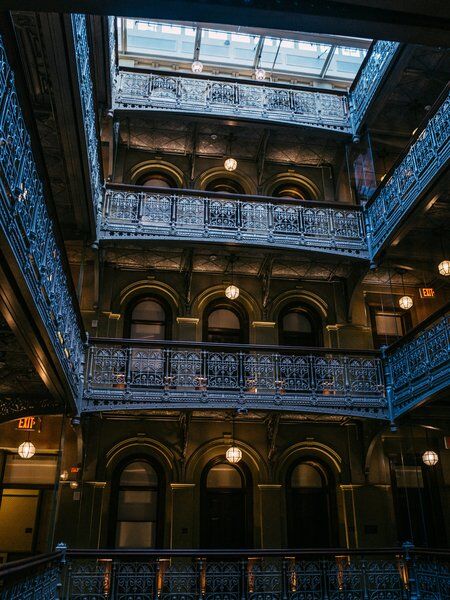
Interiors and Modern Amenities
Beyond the grand entrance and soaring atrium, the building was originally designed to house a variety of professional offices. Today, after its modern revival, the interior boasts a mix of preserved historic details and contemporary conveniences. Clever design elements such as cast-iron staircases, custom lighting, and spacious corridors ensure that the building meets today’s high standards of comfort and style.
The Beekman Hotel
Spread across both the Temple Court Building and the modern Residences tower, the Beekman Hotel offers 287 chic units (including suites with an extra dash of luxury). Inside, you’ll discover room features like marble-tiled bathrooms, hidden minibars, and wood-paneled lobbies that whisper classic elegance. With a nod to its storied past—a portrait of Edgar Allan Poe hints at the site’s history as Clinton Hall—the hotel artfully blends nostalgia with modern sophistication.
Culinary Experiences
Foodies, rejoice! Two outstanding dining options make their home at 5 Beekman Street. Tom Colicchio’s Temple Court restaurant delights with creative in-residence dining, while Daniel Boulud’s culinary venture, Le Gratin, offers a fresh take in a space that once belonged to the famed Augustine.
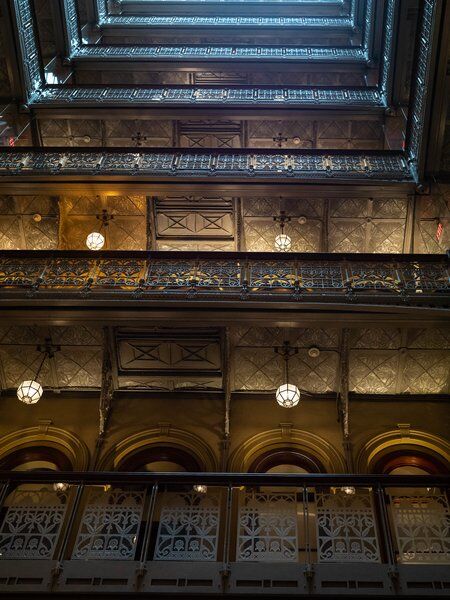
Explore Beyond 5 Beekman Street with CityDays
Ready to level up your New York City adventure? CityDays isn’t just about highlighting historic gems like 5 Beekman Street; we’re all about making exploration a fun and engaging team-building experience.
Join our epic scavenger hunt and treasure hunt tours—designed for team outings, corporate events, or just a spirited day out with friends. These tours whisk you through the city’s hidden nooks and vibrant landmarks, challenging you with quirky clues and unforgettable surprises along the way.
Get ready to uncover the secret side of the city and create memories that last a lifetime!
